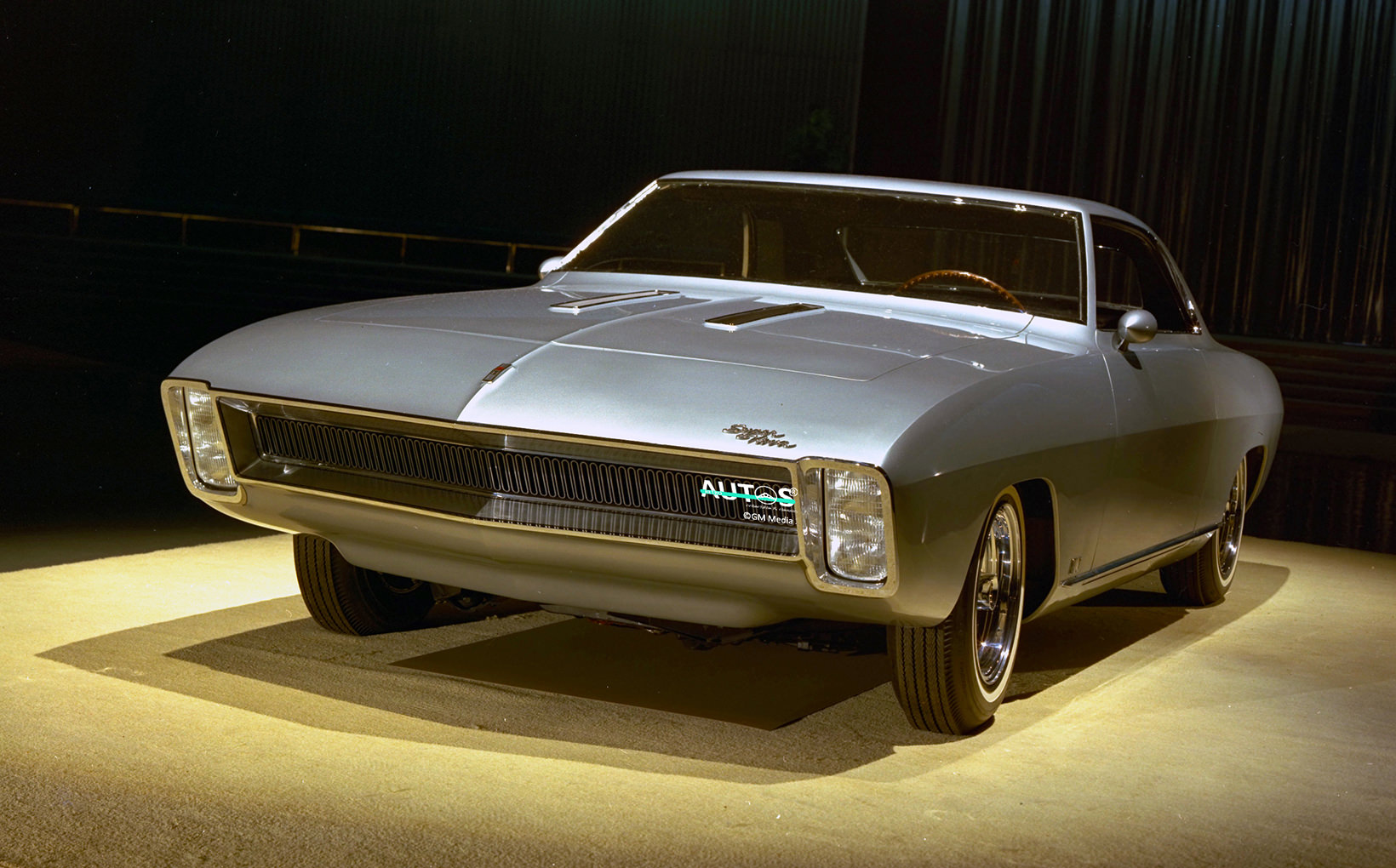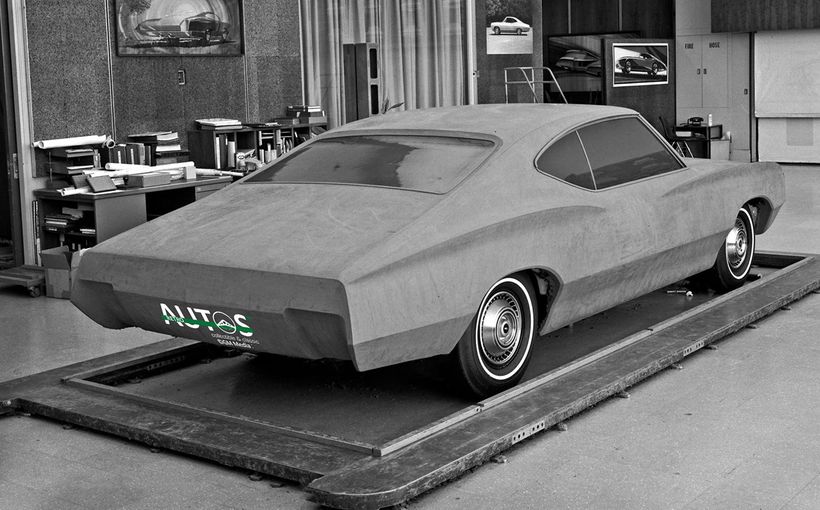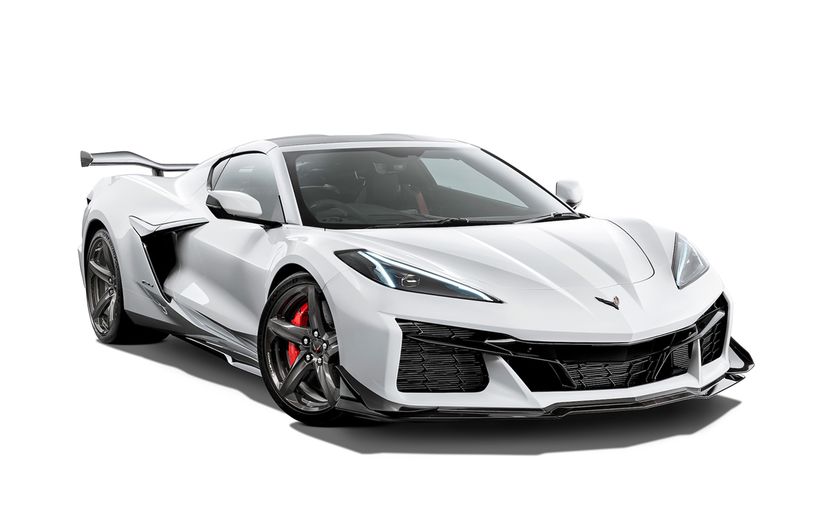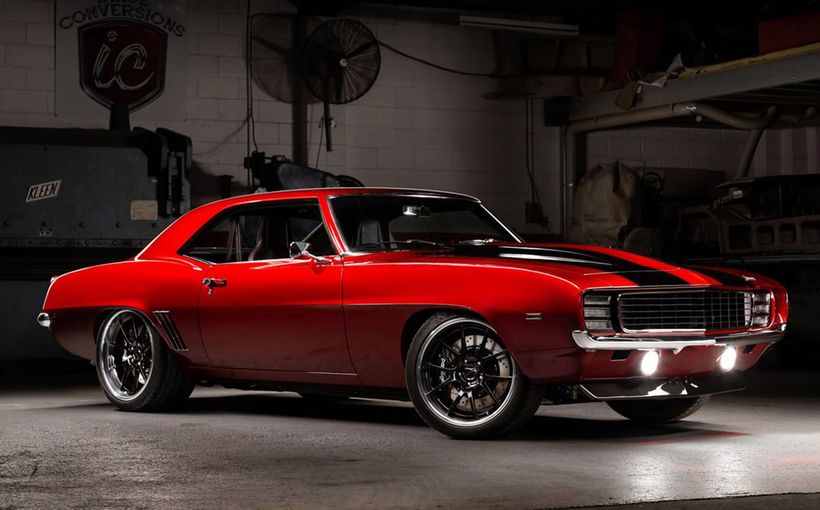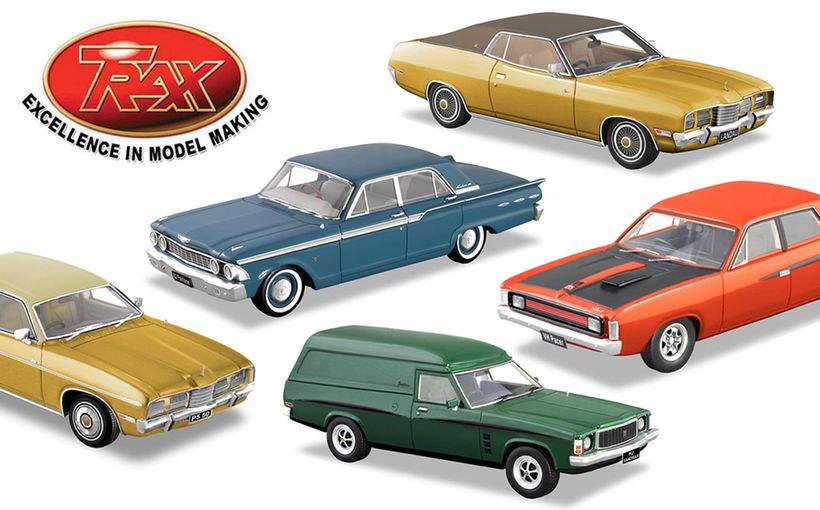Secret Chevrolets which could have been the 1964 Camaro

It is automotive folklore that GM was totally caught off guard when Ford unveiled the Mustang in April 1964 and had to hurriedly develop the Camaro, which appeared in late 1966. But, as always, folklore does do not always align with reality.
In fact, Chevrolet had TWO sporty coupes in development during 1962 and 1963 which could have become the Camaro as early as mid-1964. They were the XP781 and the Chevy Super Nova.
So, what happened to them?
The Future is in the Numbers


What happened? Both coupes were dismissed by senior GM executives who did not see the need for such a car beyond what they already were selling. They were convinced that the coupe and convertible models of the rear engined Corvair Monza and the newly released Chevy II/Nova were fully satisfying the market demand for affordable sporty cars
And selling in big numbers they were. In 1962 Chevrolet dealers shifted a combined total of 234,000 Monza and Chevy II/Nova hardtops and ragtops.


Also impressed by those statistics was Ford’s general manager, Lee Iacocca. They formed the foundation of his proposal for the Mustang.

What Iacocca and his team had identified, and GM seemingly missed, was that the Monza’s/Nova’s sales numbers revealed a growing market segment, full of young buyers with money to spend. In the business case for the Mustang, Iacocca established four criteria for that appealed to this youth market: it must be a four-seater, offer six- and V8 -engines, have attractive styling and sell at a low price.

The GM duo had some but not all of those criteria. Both lacked a V8. The Monza’s rear engine layout prevented it from ever having one. The Chevy II/Nova’s came with a four-cylinder engine as standard on most models. A six was optional.


As for attractive and unique styling? The Monza had all of that. However, the Chevy II/Nova’s economy car shape was no match for the Mustang’s slinky long bonnet and short boot silhouette.
GM: occupied elsewhere
While Iacocca was championing the Mustang through Ford’s approval processes, GM was focused elsewhere. For example, Ed Cole, GM’s boss of its car and truck divisions, believed a 4-seater Corvette would be an ideal challenger of the Ford Thunderbird. Chevrolet general manager, Semon “Bunkie” Knudsen, disagreed. The story of this never released car is featured in a previous Retroautos. There’s a link at the end.


Someone at GM who was aware of the statistics and the emerging trends was Chevrolet’s chief of design, Irv Rybicki. He was directly involved in the two projects that could have led to a Camaro in 1964.
The first project, coded XP781, began in April 1962 in semi-secrecy. The second project was the “Super Nova” concept car. It was created for the 1964 New York International Auto Show.
XP781: Secret Coupe
In an interview for the Henry Ford Museum in 1985, Rybicki recalled that the origins of the XP781 lay with the 1963 Buick Riviera.
“I was running (the) Chevrolet studio at the time… we were sitting around chatting about...if we did it (the Riviera) smaller, less expensive, we could probably sell three or four hundred thousand. We’d do something to appeal to the youth of America. Something sporty and dynamic.”
How right Rybicki was in predicting sales of 300,000 or 400,000. The Mustang would generate 680,000 sales in 1965.

Mitchell and Knudsen supported Rybicki’s project. A GM memo dated 1st May, 1964 says:
“The XP781 will be a special 1964 4-Passenger Coupe for Chevrolet only. It was instigated by Mr. Knudsen.”

To ensure secrecy, the XP781 was styled in a small warehouse across the road from GM’s design studios. Rybicki recalls Knudsen’s reaction when he first saw it:
“He walked around it, and, with a big smile on his face, he said, ‘Damned good-looking car, fellows, but I want to tell you something, the last thing Chevrolet needs is another car.’ So, the program got shelved. That ended that four place (that) would have been the Camaro program (in 1962).”

Despite having supported the project, it is easy to understand why Knudsen was reluctant to add a sixth body type to Chevrolet’s line up. The division had an over full pipeline of new models including the 1964 Chevelle, 1965 full sized cars, 1965 Corvair and 1968 Chevy II/Nova.

Quite simply, given that very few in GM appreciated the expanding market potential of a special sporty coupe, Knudsen would need to make a very persuasive argument to the GM Board to get the approval for the money, time and resources to style and engineer a completely new model range. Said Rybicki:
“He was convinced he couldn't sell another body (to the GM Board) at the time, and the 14th floor (GM’s Board) pressure was on de-proliferating.”
XP781 cancelled
The project’s file notes dated 9th August, 1962 explain the fate of XP781:
“XP781 project was cancelled”
Additional entries in the file state:
“Program (XP781) superseded by XP796 (4 seater Corvette).”
The XP781 clay model was immediately destroyed.

That’s how GM’s first opportunity to fight the Mustang ended. Ed Cole’s ultra-low volume 4-seater Corvette (XP796) was given the priority. But not for long.


Cole’s pet project was terminated by the GM Board in October 1962, a mere eight weeks after the XP871 project was shelved.

Super Nova: Significant Design Influence
In late 1963 an opportunity arose to revisit the idea. It was the Super Nova concept car.
Very little has been written about the Super Nova and its significant design influence has long been overlooked. Coded XP828, the project was instigated by Mitchell, Knudsen and Rybicki on 11th February, 1964. The work-in-progress documents reveal that:
“The XP828 is being designed by Styling in Chevrolet Exterior Studio #2 (Mr. Henry. Haga) for use in the New York International Auto Show which opens Saturday, April 4th, 1964.”

To speed up the design and construction process a production Chevy II/Nova hardtop was used as the base. The overall shape hinted at the 1963 Buick Riviera.


Many of the Super Nova’s styling themes would find their way onto GM cars in the next couple of years. The roof line was reflected on the second-generation 1966-67 Chevy II/Nova coupe. The recessed C-pillars appeared on the 1966-67 Chevelle coupe and its Pontiac, Oldsmobile and Buick siblings. The rear end design is similar to the 1968 full size Chevrolet. The dashboard was used as the template for the Camaro.






Super Nova was paraded at the New York International Auto Show. Then came Ford’s announcement of the Mustang. And we all know the amount of publicity it attracted.

At first, GM’s executives did not think the Mustang would sell in profitable numbers. Opinions changed rapidly when sales reached 100,000 in the first six months. The numbers yelled out that Chevrolet had to have another car.
And so, a new project was instigated, XP836. It would become the Camaro. The first proposals, were shown to GM executives in August 1964.


Then the financial and development realities intervened. To save costs and speed up the time from design to driveway, the decision was taken to base the Camaro on the second-generation 1968 Nova. That meant the Camaro would share many of the new Nova’s inner structures, firewall and cowl height.

These new parameters excluded the Super Nova because it had been based on the existing Chevy II/Nova dimensions. The larger XP781 had long disappeared. It was only photos in a file. Rybicki recalled that the options were limited:
“We didn't have the flexibility. We couldn't reach (back to) the car we were doing at the warehouse.”
By January 1965 the Camaro shape was close to finalisation.

So close, so far.
The XP781 and Super Nova highlight how close GM was to creating an affordable sporty car and yet failed to progress the idea. Had the XP781 been approved it too would have been on the street in mid-1964, just after the Mustang. Had the Super Nova been approved, then an appearance in late 1965 was possible.


When asked about having been so close yet so far, Rybicki took a relaxed and long-term view:
“Those things happen in the industry. They have the Mustang. We created vehicles like Corvettes and Rivieras and Toronados. They have a first, and we have some firsts. We do one, and they copy it. They do one, and we jump off and do something along those lines.”
He then offered an insight into the world of styling cars:
“You can't stand still in this business. You don't dare look back because somebody might be chasing you.”
A special thanks to John Kyros, at GM’s Heritage Centre in Michigan, who searched the Centre’s extensive archives for the photos and documents used in this story.
Retroautos is written and published with passion and with pride by David Burrell. Retroautos stories and images are copyrighted. Reproducing them in any format is prohibited. Retroautos is a registered trademark. Reproducing it in any format is prohibited.

